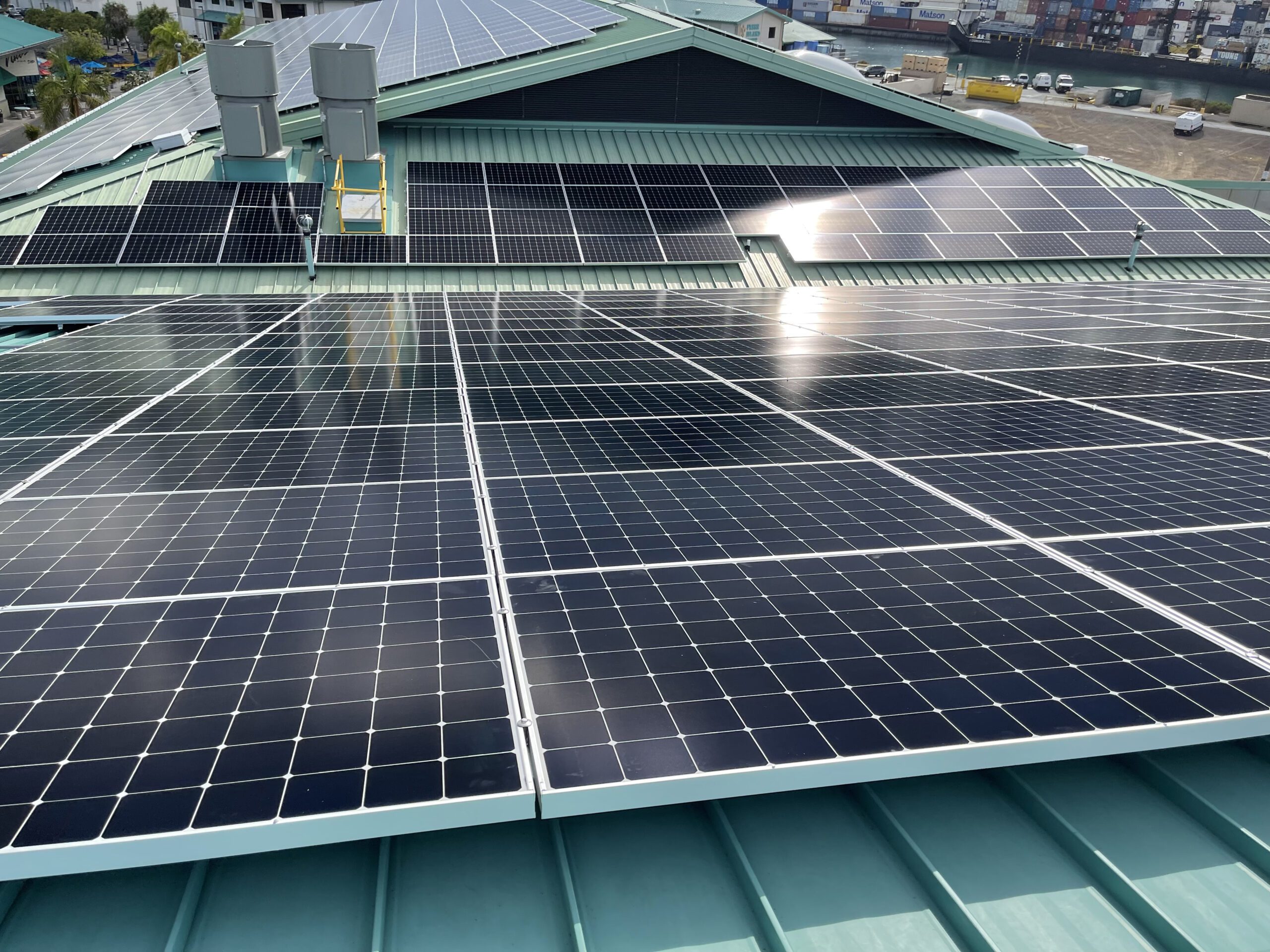RevoluSun Blog
Two Paths for Aging Solar Systems: Repair or Repower?
Amber Holton
29 September 2025
By: Joshua F. Powell, AIA, CEO & founding partner of RevoluSun LLC


Solar has proven itself in Hawai‘i as one of the most reliable ways to reduce energy costs. But like any long-term investment, solar systems age—and managers and facility owners eventually face two choices: assess and maintain what they have, or repower with a new system.
Why Systems Fail Over Time
Years of field data show that solar systems tend to underperform or fail for predictable reasons, often along a timeline:
- Design Issues (Year 0): Wrong tilt, undersized inverters or batteries, or poor wire sizing.
- Installation Mistakes (Years 0–3): Loose wires, poor grounding, mismatched connectors, and workmanship errors.
- Equipment Failures (Years 3–10): Inverters trip, modules develop hot spots, batteries overheat, and gear wears out.
- Environmental Damage (Years 3–10+): Soiling, shading from new trees or buildings, and extreme weather events.
- Lack of Maintenance (Years 5–15): Ignored monitoring and outdated firmware allow small issues to snowball.
- Aging & Obsolescence (Years 10–20): Inverters at end of life, modules degrading, or code updates leaving systems non-compliant.
- External Factors (Anytime): Utility curtailments, vandalism, theft, or natural disasters.
“Knowing these timelines helps owners evaluate whether to keep investing in their current system or consider starting fresh.”
Path One: Assess and Maintain
A detailed system assessment can uncover components nearing failure, opportunities for upgrades, and maintenance gaps that extend lifespan. For systems under 10 years old—or those with only a handful of isolated issues—this makes sense. Strategic repairs, combined with proactive O&M, can restore performance and preserve the value of the original investment.
Path Two: RePower with a New System
Repowering—removing and replacing an older or underperforming system—can often be more cost-effective than piecemeal repairs. Key advantages include:
- Greater Efficiency: Modern panels generate far more electricity per square foot than those installed a decade ago.
- Renewed Incentives: Federal and state tax credits may reduce net cost.
- Lower Service Costs: New equipment reduces ongoing repair costs.
- Future-Proofing: Updated systems meet today’s codes and integrate batteries and advanced monitoring.
The Tax Credit Window
The “Big Beautiful Bill” phases out the 30% residential tax credit at the end of this year, but commercial projects can still qualify. Safe Harboring allows procurement before July 4, 2026 to lock in today’s credits with up to four years to finish construction.
“The key is to make the decision deliberately rather than reactively. A professional site evaluation can provide the data needed to choose the right path.”
The Bottom Line
Solar systems are built to last, but no system lasts forever. Facility managers and owners have two clear paths:
- Assess and maintain — extend the life of the current system and maximize value.
- Repower and reinvest — replace the system, capture new incentives, and benefit from modern technology.
About Joshua F. Powell
Josh has led RevoluSun since 2009, guiding operations in Hawai‘i and Idaho. With renewable energy expertise since 2007, he has grown RevoluSun into Hawai‘i’s top solar + battery installer and a nationally ranked contractor.
(808) 748-8888 | revolusun.com










